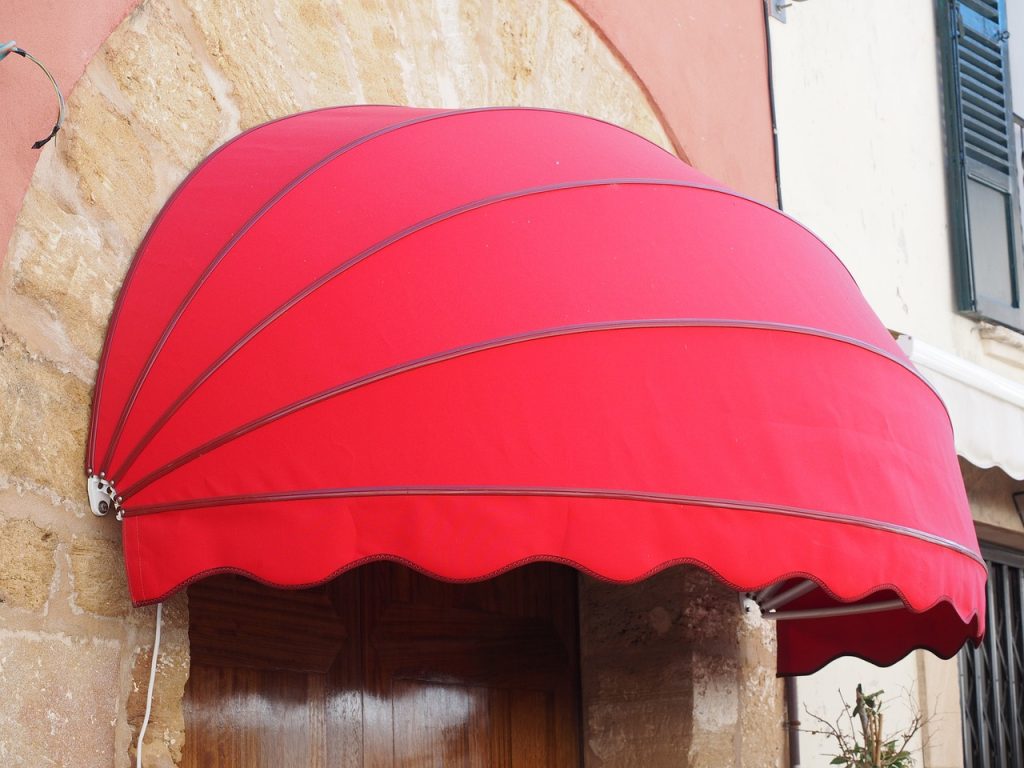
Manufactured and Composite Materials
Manufactured materials are designed for strength and are in many cases utilized in outside coverings for their protection from unforgiving weather patterns.
PVC-covered polyester consolidates the adaptability of polyester with a defensive layer of polyvinyl chloride (PVC). This covering makes the material waterproof, UV-safe, and simple to clean, making it ideal for outside conditions. It’s normally utilized for conceal sails and retractable shades, giving a solid obstruction against sun and downpour.

